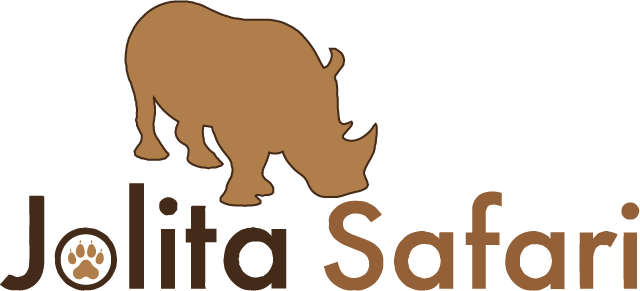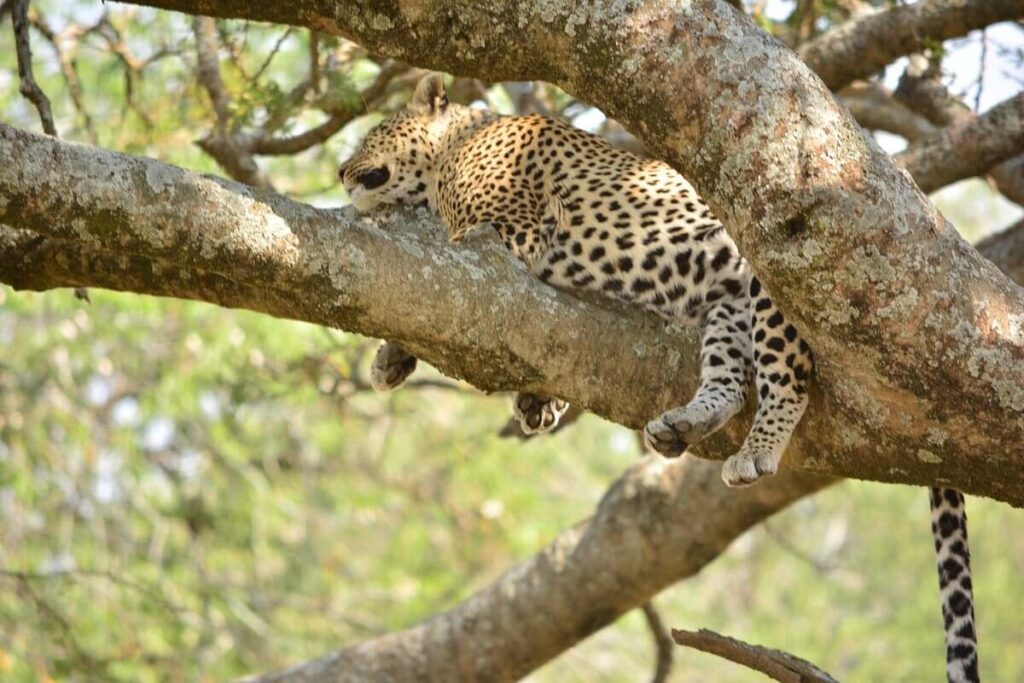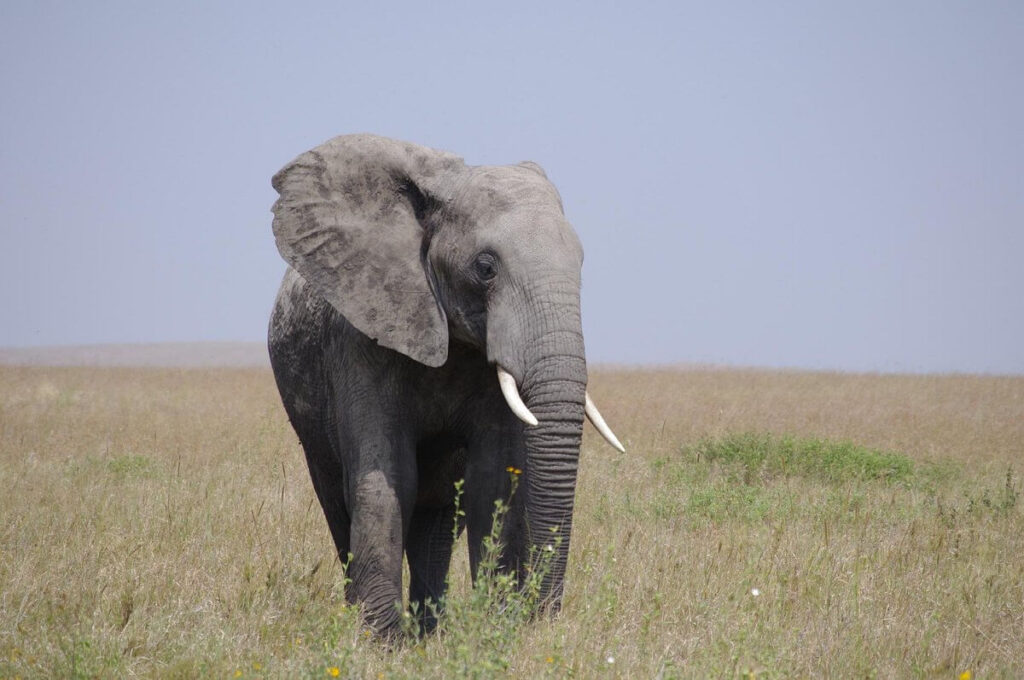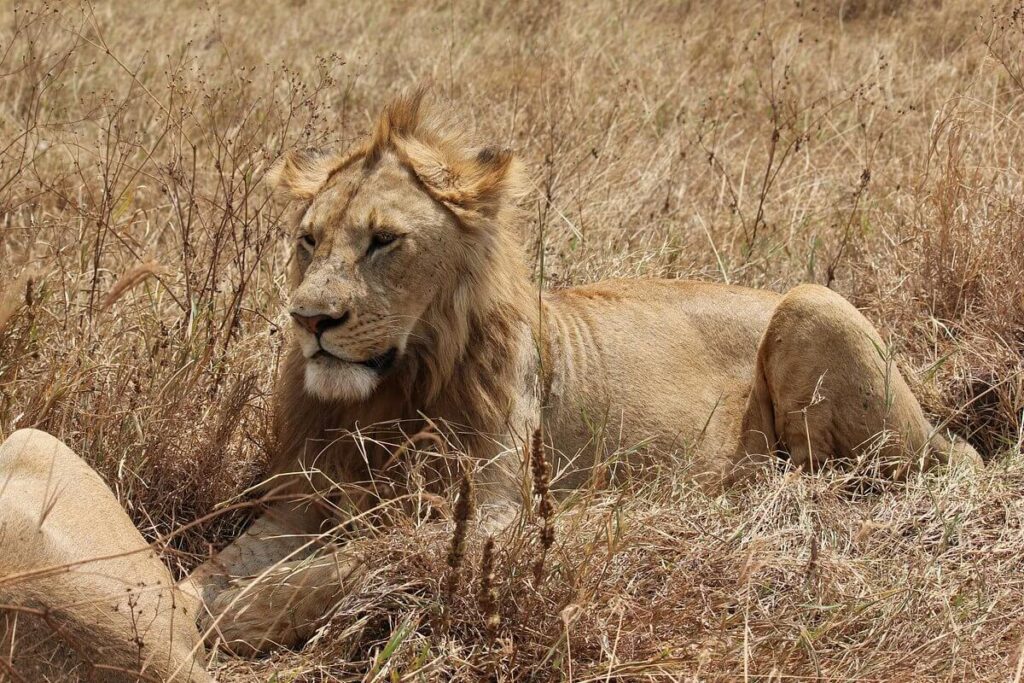All safari trips can be combined as desired. Either you choose one of our suggested safari trips or we put together a suitable safari trip in Tanzania that suits you and your travel budget.
All our safari trips in Tanzania can be combined with extra overnight stays in Arusha and with a sun and Zanzibar holiday on the paradise island of Zanzibar, which is located in the Indian Ocean off the east coast of Tanzania. We also sell domestic flights for safari travelers who want to fly from Arusha to Zanzibar.
All safari packages are divided into four distinct accommodation classes to suit different budgets and preferences. You can also mix and match hotels between the different classes until the price fits your budget and desires.
- “Exclusive” includes only the absolute best hotels and is designed for those who want to indulge in luxury and enjoy the finest accommodations and standards available in Tanzania.
- “Standard” is our most common safari offer, consisting of comfortable hotels with affordable accommodations. This option is ideal for those who don’t want to pay for luxury but still desire good quality lodging.
- “Budget” is for those whose budget doesn’t stretch to the “Standard” class but still want to enjoy as many national parks as possible at an affordable price. Budget travelers place less emphasis on hotel quality and are willing to stay in simple, clean hotels with lower standards. This option may be best suited for young people or seasoned travelers, such as former backpackers.
- “Tent Camping” is the most cost-effective way to go on safari. Here, it may not be your budget that dictates your choice, but rather the desire to camp and get close to nature. This option is recommended for those ready to stay in a simple tent, rewarded with cozy evenings where the accompanying cook prepares meals over an open fire. We stay at designated campsites within the national parks or on private camping grounds. The campsites offer basic toilets and usually showers. However, camping is not included in Arusha, where a standard lodge is provided instead.
Pickup from Kilimanjaro International Airport (KIA)
You will be picked up from Kilimanjaro International Airport (KIA) and transported to Arusha, a journey of about 1 hour (55 km). Upon arrival in Arusha, you will check in at your hotel. Once in the Hotel, your Safari guide will meet and pre-briefing you about your upcoming Safari adventure and later leave you to rest. The landscape around Arusha is dominated by two impressive mountains: Kilimanjaro (5,895 m – the highest mountain in Africa) and Mount Meru (4,566 m – the fifth highest mountain in Africa). The area is characterized by extensive coffee and banana plantations.
Arusha has a population of approximately 350,000 people, with a high growth rate of about 6 percent. The city is situated at an altitude of 1,265 meters above sea level, giving it a pleasant climate. Arusha is not only an administrative center and the starting point for safari trips but also an important hub for the production of textiles, beverages and food products.
Exclusive: Arusha Coffee Lodge
Standard: African Tulip Hotel
Budget: Green Mountain Lodge
DAY 1: LAKE MANYARA NATIONAL PARK
After breakfast, depart for the nearby Lake Manyara National Park. The park covers an area of 330 km², of which 230 km² is water. Entry to the park is through the small rural town of Mto wa Mbu (the name means “Mosquito River”), which is surrounded by a fertile agricultural district with large fruit plantations. Lake Manyara lies along the massive Great Rift Valley, which was formed 20 million years ago and stretches 6,400 km from the Dead Sea to the Kalahari Desert in Botswana.
The park is incredibly scenic, with forested, hilly terrain along the Great Rift Valley and expansive grassy plains near the picturesque bird lake. No less than around 400 bird species have been observed here, and at certain times, the lake is invaded by thousands of pink-tinged lesser flamingos.
During the afternoon game drive in Lake Manyara, there is a chance to see elephants, zebras, hippos, African buffalo, wildebeests, warthogs, baboons, and giraffes. Occasionally, you might also spot tree-climbing lions, for which the park is famous, though these sightings are unfortunately rare.
The best time to visit Lake Manyara is during the dry season, from June to October and January to February. In the late afternoon, return to Mto wa Mbu for an overnight stay at a hotel.
Overnight stay in Mto wa Mbu:
Exclusive: Lake Manyara Serena Hotel
Standard: Mawe Mawe Lodge
Budget: Panorama Camping Ground
DAY 2: NGORONGORO CRATER AND CONSERVATION AREA
In the morning, continue to the Ngorongoro Conservation Area (8,350 km²), located 50 km west of Lake Manyara (170 km west of Arusha). Ngorongoro Conservation Area is the most spectacular tourist destination in Africa, offering enchanting nature and unforgettable wildlife experiences. There are many excellent hiking trails in the reserve (from half-day to multi-day treks) for those seeking a more physically active safari vacation (advance booking required). Ngorongoro is a conservation area and does not have national park status because the nomadic Maasai have lived here for 200 years with their herds of livestock. The Ngorongoro Conservation Area includes nine different craters, the most famous being the Ngorongoro Crater. This is the sixth largest caldera (collapsed volcano) in the world, measuring 21 km east-west and 18 km north-south, with a total area of 304 km². The crater rim is at an elevation of 2,200–2,400 meters above sea level, while the crater floor is at 1,700–1,800 meters.
During the day’s jeep safari, descend into the Ngorongoro Crater (about 500 meters below the crater rim). Hopefully, Lake Magadi will be filled with flamingos searching for plankton. Lions, wildebeests, zebras, African buffaloes, hyenas, Grant’s gazelles, Thomson’s gazelles, baboons, hippos, and black rhinos (only about 25 individuals remain) are some of the many species found here in one of the most wildlife-rich areas in Africa. Also notable are the old male elephants with extremely large tusks that live in the crater until their death. Ngorongoro Crater can be visited with great pleasure throughout the year. The rainy season lasts from November to May, with light rains in November-December and more consistent rains from February to May. The dry season extends from June to October, which is the best time for wildlife viewing. February-March is also an exciting time as wildebeests and zebras are calving.
In the Ngorongoro Conservation Area, there is an opportunity to visit a Maasai village near Olduvai Gorge (additional cost: 50 US dollars per person). Here, you can experience the fascinating culture and living conditions of the Maasai. The Maasai originate from the Nile Delta and have managed to retain most of their old traditions. A Maasai village is built in a circle with the animals kept in the center at night, and the huts are made of wood covered with clay. Their diet is quite unique, consisting almost entirely of cow’s milk. After an agreement in 1959, all Maasai were relocated from Serengeti to Ngorongoro. Today, 40,000 Maasai live in Ngorongoro. In the late afternoon, return to Arusha for an overnight stay at a hotel.
Overnight stay in Arusha:
Exclusive: Arusha Coffee Lodge
Standard: African Tulip Hotel
Budget: Green Mountain Lodge
Organizer:
Jolita Safari
Payment:
- 30% is paid in advance, and the remaining 70% is due no later than 14 days before the safari starts.
- It typically takes up to 5 banking days for the payment to reach our bank, KCB in Tanzania.
- Please email contact@jolitasafari.com as soon as the payment has been made.
- Use your name as the reference for the payment/bank transfer.
Travel Conditions:
- Follow the link to our website for more information.
The following is included in the program:
- Accommodation in Arusha as per the above program
- Private jeep during the safari
- Meals at lodges and packed lunches during the safari, as well as drinking water in the jeep
- All park fees
- All accommodation during the safari
- Transfers to and from Kilimanjaro Airport (KIA) or Arusha Airport
- In the case of camping, all camping equipment
- A driver who is also your guide (English-speaking) and a cook (only if camping is included in the program)
The following is not included in the program:
- Flight to Tanzania
- Visa for Tanzania
- Personal items and services such as drinks, snacks, and laundry
- Travel insurance, cancellation protection, vaccinations, and personal equipment
- Tips for the driver who is also the guide or a translator (recommended tip 20–30 US dollars per day) and the cook (if camping is included in the program)
- Meals at the hotel in Arusha except for breakfast
Safari in Tanzania
How do I put together a Safari that suits my preferences?
Everyone who goes on a Safari has different plans, budgets and wishes. To help you in your planning, we have put together some travel suggestions on how you can set up your Safari. We know that with the help of the Internet, many people can be quite well-read and have already formed an image of what they want to experience. That is why at “Jolita Safari” we usually tailor trips that suit your wishes.
Jolita Safari always strives for maximum customer satisfaction. With our network in Tanzania, we are probably one of the most flexible Safari organizers you can find in Internet. We can practically put together any safari/travel program.
What affects the price of my Safari?
Of course the number of days, but above all what standard you want in your accommodation. Accommodation is relatively expensive in Africa compared to other countries.
There are the following variants of accommodation:
- Camping with own portable tents
- Camping with fixed tents with wooden floors and bathrooms
- Lodge simple
- Lodge funds
- Lodge luxury
Often the best option is to combine the above forms of accommodation. When you are on safari, accommodation tends to become of secondary importance, as you are easily captivated by the magnificent nature. Accommodation is not just about price, but the opportunity for different kinds of experiences. That e.g. camping is a fantastic experience, as you get so close to all the sounds of animals and nature or why not stay in a slightly more luxurious hotel at the Ngorongoro Crater to get a world-class view. We can arrange accommodation depend on your choices and interest.
Activities
The price per day for a Safari jeep is always the same, but the entrance fees for the different parks differ , e.g. it costs US$ 300 to drive down the Ngorongoro Crater while it costs a few dollars in other parks.
Your budget
We always strive to produce the absolute best safari program that will suit your budget and wishes. When we know the season (which dates), number of days, which locations and standard you want in your accommodation, you will receive a tailored proposal from us.
Season
The price of Safari varies over the different months of the year, however, the highest prices are around July and December when it is the “peak season”. The lowest prices are found during the low season (rainy season) in March.
The more people who share a safari jeep, the cheaper it will be. The largest cars take 6 or 7 passengers. However, there are more people who have to agree on the space in the car.
Activities
Your activities will of course affect the cost. There is everything from balloon safaris over the Serengeti to jeep safaris to simpler hikes.
Our Safari Jeeps
The Jeeps we use for Safari are Toyota Land cruisers 4WD and Land Rover Defenders 4WD (we never use minibuses). These cars are equipped with dual communication radios and emergency equipment to ensure a safe, reliable and comfortable Safari. Standard Land Cruisers and Land Rovers seat 4 passengers and extended Safari Jeeps seat 6 people.
Sky Safari
If you want to catch up on as much as possible and avoid long dusty transport routes, we recommend that you combine your Safari with a Safari flight. Then you can e.g. fly into the Serengeti and jeep out of the Serengeti. That way, your safari will be less tiring.
It is possible to go on sky safaris from both Dar es Salaam, Zanzibar and Arusha. Then you fly in smaller aircraft, which usually take between 3 and 25 passengers. Or why not charter your plane so you can set up your own route to parks that are not normally served by scheduled flights.
Balloon safari
Book a balloon safari and ride silently over the Serengeti’s endless grasslands and see the incredibly beautiful panoramic view of all the animals roaming freely down on the ground. You get to experience the Serengeti in a way few have before and this is undoubtedly an experience you will rarely forget.
You will be picked up at five in the morning by “Serengeti balloon Safaris company” at your hotel / campsite. They pick up their guests from different Serengeti areas. They will take you where the balloon ride begins. While the balloon is being completed, you will get to meet your pilot, as well as get an overview of the ride. The balloon takes off at sunrise and you can determine the flight height together with the pilot. As you ascend, you gently skim the treetops, eventually reaching around 1,000 meters, where a vast, breathtaking panoramic view unfolds before you. The silence up here is numbing.
The balloon ride takes about 1 hour and when you land you get an “out of Africa” breakfast that is laid out in the middle of the bush with linen, silver cutlery and champagne as well as a “Serengeti balloon certificate” that proves your flying prowess. Then you will be returned to your hotel or campsite where you will continue the day’s program.
Put together your own dream Safari trip
In fact, most of the trips we sell are customized in some way, as we always strive to give you as much experience as possible for your money. We usually leave a recommendation on some form of basic travel package that you can base your discussion with us on.
Prices and availability of flights and overnight accommodation vary with the different seasons (peak, high and low season), e.g. around July and Christmas Eve is the peak season and then it can be a little more expensive and you should book your trip as early as possible, because the hotels in the parks tend to be fully booked.
Most people have different wishes regarding activities, form of accommodation and number of days. Therefore, our work as a Safari organizer consists of listening to your wishes and then organizing this in the best possible way. Jolita Safari is a Tanzanian company, so there are no intermediaries, you discuss directly with us.
Most people who put together their trip usually start from the options as seen in our website. Call, email or meet us for an unconditional discussion.



